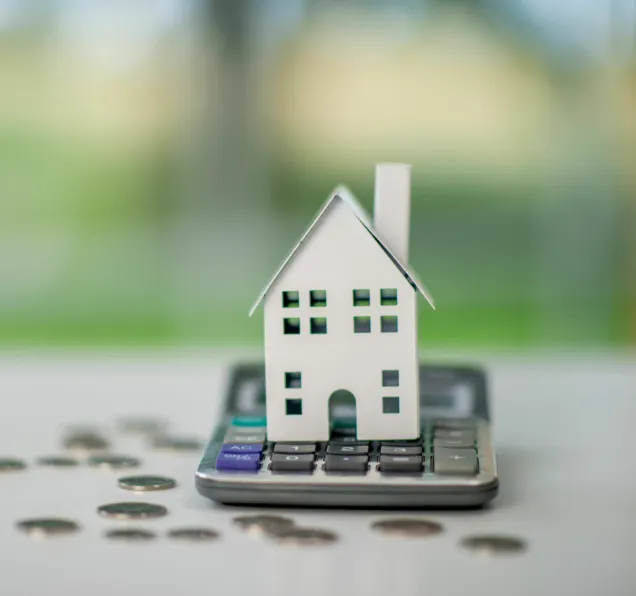With mortgage rates shifting over time, many homeowners wonder if refinancing is the right step. Lower rates can make refinancing tempting, but before you jump in, it’s worth weighing the benefits and drawbacks carefully. Refinancing isn’t just about locking in a better deal—it’s about understanding how the process works and whether it aligns with your financial goals.
What Does Refinancing Mean?
Refinancing a mortgage simply means replacing your existing home loan with a new one, often with different terms. The process is similar to getting your original mortgage: you shop around, compare lenders, and apply for the loan that suits you best. Sometimes your current lender may also offer you a new deal in an effort to keep your business.
Why Homeowners Refinance
There are several reasons why refinancing can make sense:
- Lower monthly payments: By securing a lower interest rate, you can reduce your payment and save money each month.
- Shortening your loan term: Switching from a 30-year loan to a 15- or 20-year mortgage can save tens of thousands in interest and help you pay off your home faster.
- Switching loan types: Some homeowners move from adjustable-rate mortgages (ARMs) to fixed-rate loans for more stability.
- Accessing equity: With a cash-out refinance, you can tap into your home’s equity for large expenses like renovations, medical bills, or debt consolidation.
Your personal interest rate will depend on factors such as your credit score, loan type, down payment size, and even your location. A strong credit profile and a larger down payment typically mean better rates.
The Main Types of Refinancing
Homeowners generally choose from three refinancing options:
- Rate-and-term refinance: Adjusts the interest rate, loan term, or both, without changing the loan balance.
- Cash-out refinance: Lets you borrow against your home equity and take out cash, but usually increases your loan balance and monthly payments.
- Cash-in refinance: Involves paying down part of the mortgage balance upfront to qualify for better terms or to remove private mortgage insurance.
Each option has its own advantages, depending on your situation and financial goals.
Benefits of Refinancing
The biggest advantage of refinancing is often the potential for long-term savings. Lowering your rate can reduce monthly payments, and shortening your term can cut down the overall interest you’ll pay. For instance, refinancing into a 15-year loan instead of a 30-year loan might increase monthly payments slightly, but the interest savings over time can be substantial.
Another key benefit is flexibility. You can use refinancing to restructure debt, lock in more predictable payments, or pull out funds for major life expenses. Many homeowners also calculate their “break-even point”—the time it takes for the savings from a refinance to outweigh the upfront closing costs. If you plan to stay in your home past that point, refinancing can pay off significantly.
The Drawbacks to Consider
Refinancing isn’t always a win. Here are a few potential downsides:
- Closing costs: These can range from 3% to 7% of your loan balance, and they may offset any savings if you don’t plan to stay in the home long enough.
- Extended loan term: Refinancing can reset the clock on your mortgage. If you’ve already paid down five years on a 30-year loan and refinance into another 30-year loan, you’ll effectively be paying for 35 years.
- Higher overall costs: Depending on your rate and terms, refinancing could result in paying more interest over time, even with lower monthly payments.
- Eligibility hurdles: Lenders still require income verification and credit checks. If your financial situation has changed, qualifying could be difficult, and the credit inquiries may temporarily lower your score.
Is Refinancing Right for You?
Deciding whether to refinance comes down to timing, financial stability, and long-term plans. If the numbers work in your favor and you intend to remain in your home for years, refinancing can offer real benefits. On the other hand, if you’re planning to move soon or the costs outweigh the savings, sticking with your current mortgage may be the smarter choice.
Ultimately, refinancing is not a one-size-fits-all decision. Take time to evaluate your options, compare lenders, and calculate how refinancing impacts your financial picture both now and in the future.











